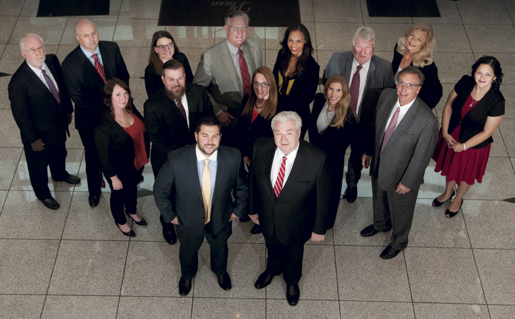Austin firm knows what it’s like to grow a niche without changing lanes
Andrew Branoff cares about community.
For Branoff, president and CEO of Apartment Insurance Consultants (AIC), that community isn’t just in and around the Austin, Texas, area, but includes communities in need, even those nearly three hours away. In the weeks following Hurricane Harvey, which created massive flooding in the Houston area, Branoff and his staff volunteered to help relief efforts.
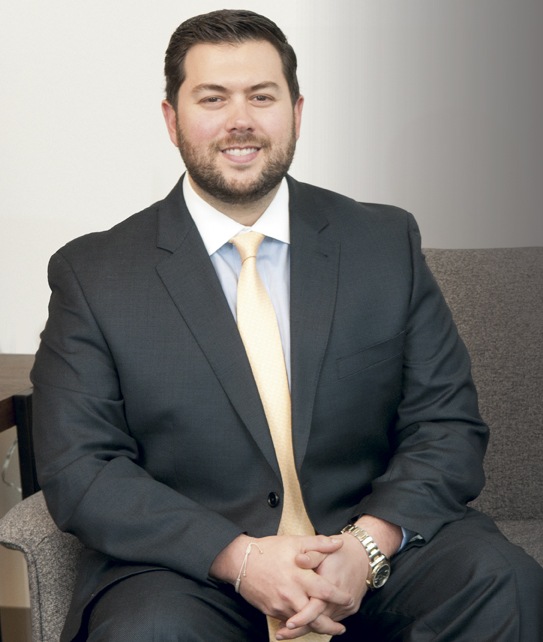
—Andrew Branoff
President and Chief Executive Officer
To Branoff and company, people they knew needed help. So Branoff called the Austin Disaster Relief Network and volunteered. Then he and twelve of the fifteen employees at AIC rolled up their sleeves. “Our whole office had different tasks they were doing,” Branoff says. “Receiving items, putting them in designated areas; others were sorting and allocating donated items among different pallets; others were responsible for wrapping those pallets and loading them. We got to see the pallets go inside the trucks and drive off, and we knew they were going to Houston to help people.”
According to AIC employees, that pioneering spirit is why AIC is so successful today. “It was inspiring to help out and be a part of our company’s volunteer effort to help the victims of Hurricane Harvey,” says Karen Russell, account services director. “The Austin Disaster Relief Network made it easy for us to help out, and they ran an organized operation.
“It was amazing to watch the community support, both from businesses and individuals; everyone came together for a common cause,” she adds. “A few folks in our office have volunteered for Habitat for Humanity; we may look at that as a future company volunteer effort.”
It wasn’t just a feel-good moment because of helping others, Branoff says, but also because of how it reflects AIC’s culture. “It’s emblematic of our entrepreneurial, pioneering spirit—you get out there and do it yourself and you help out.”
It’s also indicative of what he calls the “whole Texas attitude.” That pioneering spirit, combined with the focus on people and technology from a team perspective, had been part of the agency’s culture since it’s inception in 1982.
At that time, AIC operated primarily in Texas only and has since grown and expanded to 38 states. With a network of retail agents in those states, AIC works with both large multinational retail agencies and small independent agents.
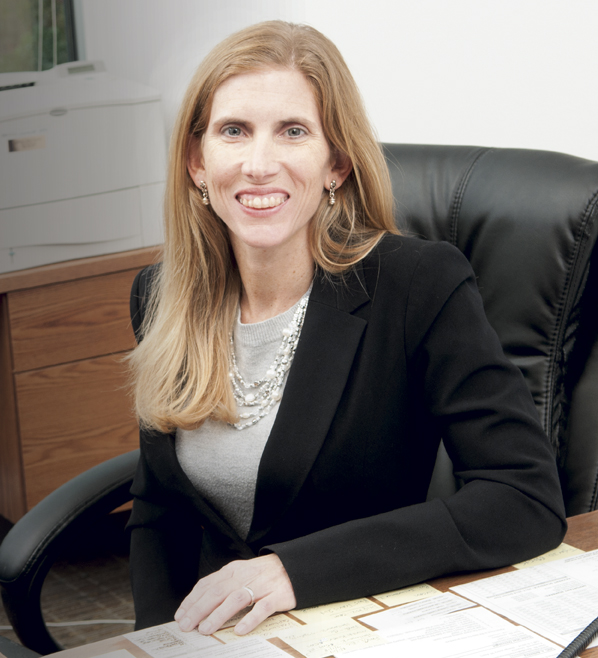
—Karen Russell
Account Services Director
Word-of-mouth marketing
The business has grown because of the company’s efforts to build brand awareness nationally. Still, Branoff says, AIC’s best advertising comes via word-of-mouth referrals. “When AIC receives a referral, that is the highest compliment. When that happens, I make an effort to call the referring agent to say thank you. Insurance is a relationship business, and keeping that in the forefront is so important.”
Since its inception, AIC has concentrated on one niche area. “AIC is focused on growing in the habitational and commercial property space; while we continue to work to grow geographically, we are also looking to expand our position in commercial office and retail, as well as hotel space,” says Amanda Daniels, business development department leader. “We are seeing more new construction opportunities and mixed-use development as well.”
That laser focus on its niche is what Branoff and Daniels believe to be a large part of the company’s success. Some firms take a generalist attitude, says Branoff. “Being a generalist and trying to become an expert in many things is not only difficult from an operational standpoint, but it’s also difficult from a growth standpoint. It’s hard to be an expert in everything.”
Being an expert in one area and supporting property owners and managers, AIC offers general liability with $1 million per occurrence and $2 million aggregate limits—the standard. Plus, the company offers a flexible excess liability program that allows buyers to purchase limits in $10 million increments per location on top of the general liability limits.
From a marketing standpoint, having such competitive products and a niche specialization is what the agency believes is AIC’s differentiator. Also, AIC programs and products are available only through the AIC office. Yet Branoff believes that staying on the cutting edge of market changes and evolution is what helps AIC expand and grow within its niche. And make no mistake—AIC is not interested in taking on business that doesn’t fit in the niche.
Still, there’s plenty that does fit, and there are lots of opportunities to expand within the niche. For example, the company has focused largely on apartments, condominiums, and commercial office and retail space but is now moving into the hotel space as well as other habitational areas. “We’re competing on high rises and we’re competing on mixed-use developments,” Branoff says.
Every new area of concentration must meet the same set of criteria that has allowed AIC to expand without losing focus. Over the years, AIC carefully expanded its retail agent network and is doing the same with other high-occupancy developments—all within the company’s wheelhouse.

—Amanda Daniels
Business Development Department Leader
Competing with enhancements
The firm also is using its focus on industry trends and pressures to build stronger programs. With an active approach to market research, AIC monitors hit ratios, submission activity, renewal retention, and loss ratios, among other factors.
That research is driven by AIC’s continuing investment in data systems and technology, which supports continuous business and operational improvement. It’s an investment that Russell Butler, senior underwriting manager, says is imperative to the success of the company’s agencies and agents. “With today’s technology, information is more readily available and at our fingertips. This allows AIC the ability to more fully understand and service those agents and agencies that represent us and to provide faster and better service,” says Butler. “A better understanding of existing business and evaluation of new business are creating greater opportunities.”
Butler says information such as crime data, wind/hail scores, location imagery, and descriptions is allowing underwriters to deliver more accurate underwriting, which is improving business quality and customer service, as well as carrier relationships.
That approach allows AIC to see more clearly into not just the company’s trends, but also the market as a whole. With the commercial property insurance market softening over recent years, carriers and program facilities became more aggressive from a rate, premium, and deductible standpoint. The space has continued to grow, Branoff says, “but programs that take a controlled and stabilized growth trajectory and keep focus on underwriting standards and loss control prevention are best positioned for success.”
AIC’s own programs are evolving and becoming important components of a competitive approach to the commercial property and liability markets and the industry overall. Some of the coverage enhancements AIC offers are boiler and machinery, terrorism, law and ordinance, and emergency evacuation and relocation. It’s these extra coverage enhancements that the agency says sets its offerings apart from the competition.
Another enhancement that’s found its way into the habitational property industry is cyber liability. It’s something that Branoff says is affecting the entire insurance industry. “Property owners and managers are as vulnerable as anyone,” he says. “They keep residents’ and tenants’ personal, identifiable, and confidential information on their computer systems. Social Security numbers, copies of drivers’ licenses, credit reports—that’s all vulnerable to hacking and compromise.”
AIC’s habitational propertyprogram now includes coverage for computer fraud and electronic data processing.
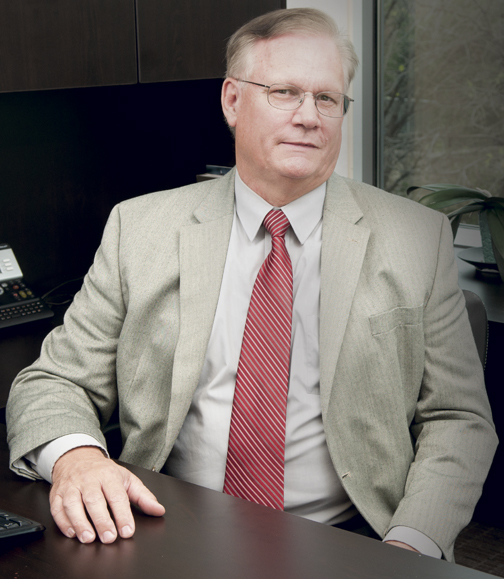
understand and service those agents and agencies that represent us and to provide faster and better service.”
—Russell Butler, CPCU, AU, CIC
Senior Underwriting Manager
Market conditions
Hurricanes Harvey and Irma, both Category 4 storms, hit the U.S. mainland within 13 days of each other. “It’s the first time in U.S. history that two Category 4 storms made landfall in the U.S. in one calendar year,” says Branoff. “The flood market right now is on the move.”
With Harvey, most losses were caused by flood damage. Branoff says that Irma, which had the market bracing for a $200 million loss event in Miami alone, skimmed the western coast of Florida, avoiding what could have been severe loss totals.
Yet the market still reacted, he says. “Underwriters are human. They go through an emotional action and reaction. There’s an emotional response, then an analytical response. It’s going to take a while for the market to understand what losses were incurred; right now it’s all based on predictive modeling and projections.”
While the market appears to be headed toward firming, there’s still excess capacity, Branoff notes. That makes it difficult to know what the market will look like going forward. “Time will tell,” he says. “I expect the biggest movement in the market to be along coastal areas.”
He says coastal properties will see tightening first and then wind-driven risks will see tightening of their own. With firsts like tropical storm-force winds hitting areas not typically prone to such events, such as Atlanta, Branoff thinks that the next three to eight months could see market adjustments, including what he calls macro-adjustments, across the country.
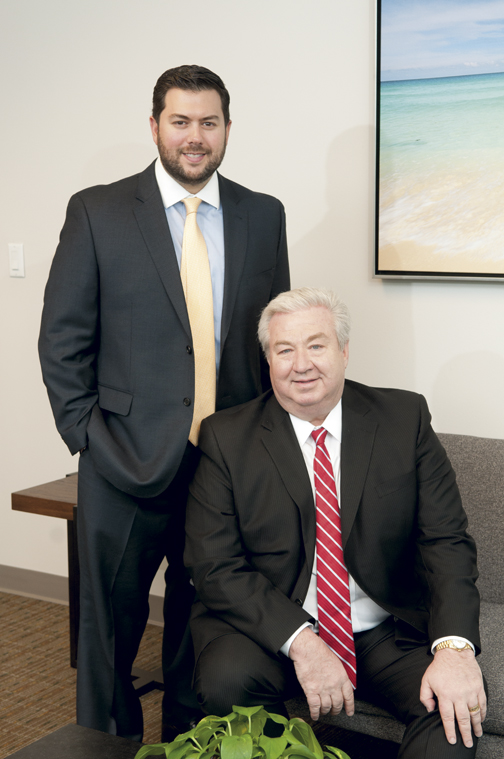
What those adjustments may look like is anyone’s guess. “In today’s market, the industry is still working its way through how it wants to respond to the recent named-storm loss events,” Branoff says. “Wind, flood and storm surge losses due to Hurricane Matthew had limited impact on the deployment of capacity, pricing, coverage and the overall property market. A market adjustment is occurring and time will tell how much of one will actually occur following the more recent named-storm events.”
His advice to agents and brokers: “Participate in environmental scanning, which is studying the market on a continual basis to understand changes as they occur. If you are late in identifying a new product or facility or change in a market’s underwriting appetite, you can lose your competitive edge. It is important to be a salesperson, a relationship manager, and a technician; if you can harness these skills, you will be well positioned for success.”
Branoff expects programs will continue to broaden coverage and add enhancements to further drive competition. It’s within that competitive landscape that he says AIC is leading the way. “Over the years,” he says, “AIC has become a competitive product offering in many states across the country, and it has significantly grown its portfolio of total insurance value, all while remaining focused on relationships and niche specialization in the commercial property and habitational space.
“We’re expanding,” Branoff adds, “but we’re staying in our lane.”
For more information:
Apartment Insurance Consultants
www.apartmentinsuranceconsultants.com
The author
Lori Widmer is a Philadelphia-based writer and editor who specializes in insurance and risk management.

